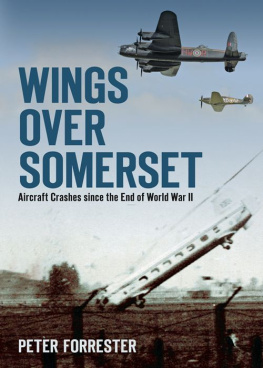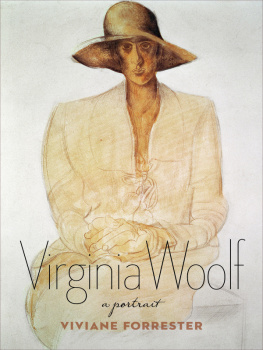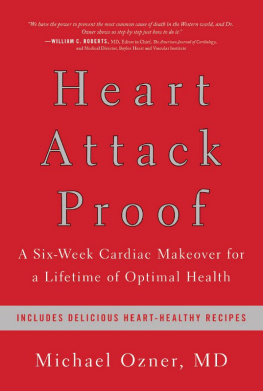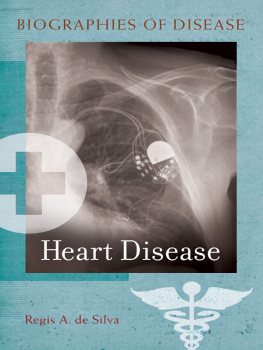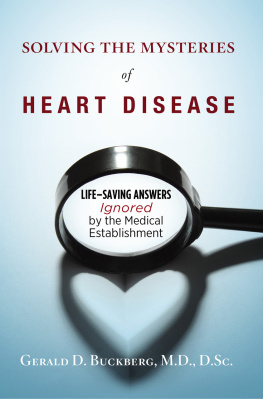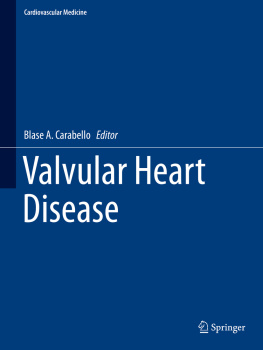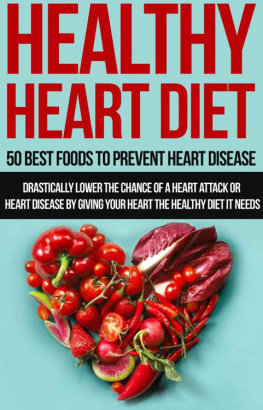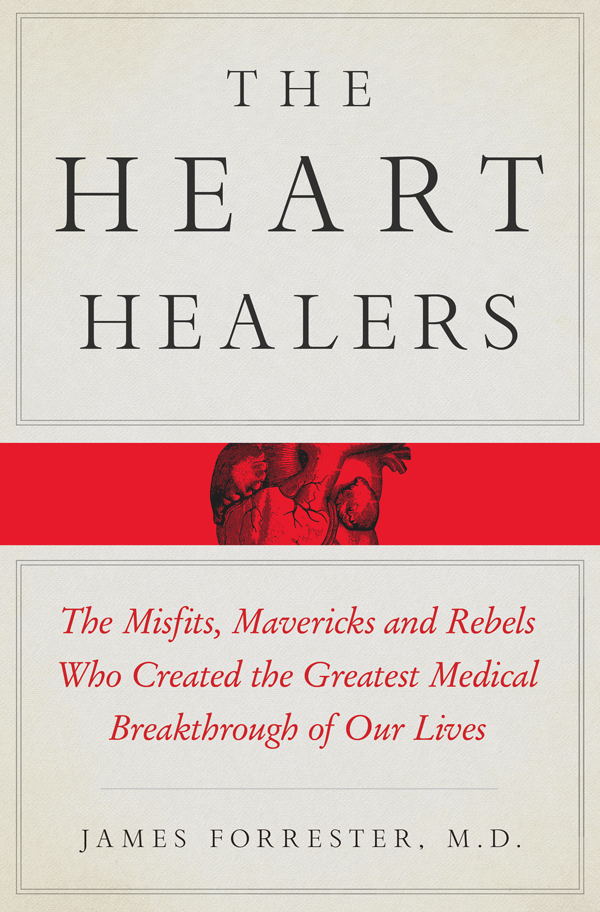Contents
Guide
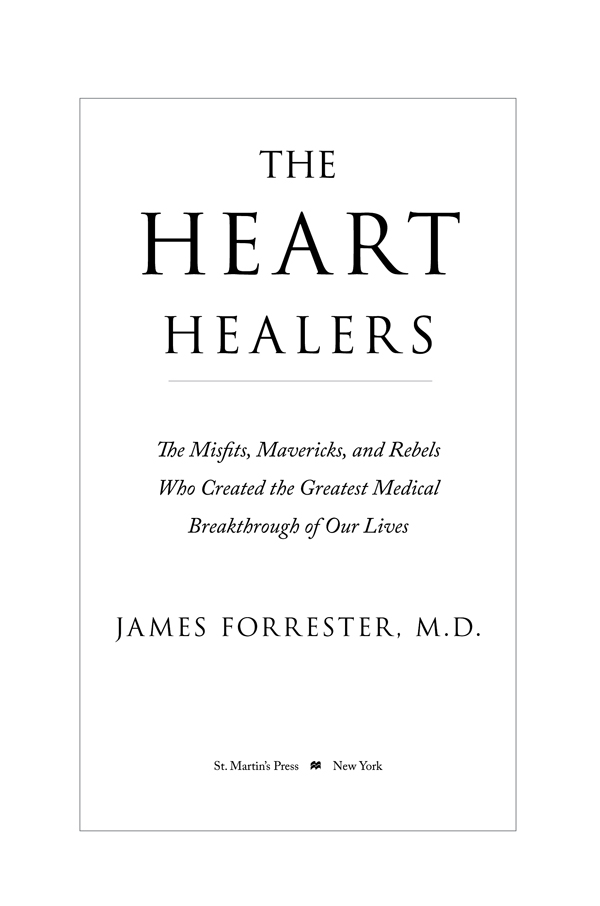
The author and publisher have provided this e-book to you for your personal use only. You may not make this e-book publicly available in any way. Copyright infringement is against the law. If you believe the copy of this e-book you are reading infringes on the authors copyright, please notify the publisher at: us.macmillanusa.com/piracy.
This book is filled with stories of courage in the face of adversity. One I do not tell is that of my oldest son, Jeffrey, who personified this quality as he edited this book, and my family who support him.
AS AN AUTHOR I have many debts. My narrative stands squarely on the shoulders of the many authors who researched, compiled, interviewed, and wrote in the years before me. In particular I am indebted to the biographers of several of the characters in this chronicle. I have sought to acknowledge this debt in the Notes section. My narrative also rests heavily on my own direct personal interaction with the physicians and scientists who populate these pages. The essence of a remembered experience is often clear, but the details of old memories are not. No doubt some who shared these experiences will feel my views about people unfair or inaccurate, or they may recall events quite differently. Some individuals who have made huge scientific contributions to cardiovascular medicine will be disappointed that I have not recognized them explicitly, given the attention I have accorded others of lesser scientific stature. My primary motive, however, is to recount a compelling adventure as I experienced it rather than to identify each giant in his field.
I use patient experiences to give a human dimension to the breakthroughs I describe. So I have a heavy debt to the many patients and families who have taught me so much about humanity, dignity, and courage over these years. Many of the patients that appear in these pages are well known locally. Some are internationally known. In compliance with recently enacted extremely strict federal Health Insurance Portability and Accountability (HIPAA) privacy legislation with associated penalties, except where specifically noted, I have used pseudonyms and significantly altered personal details like occupations and locations to conceal every patients identity, both living and dead. To help your understanding of the vast complexity of doctor-patient interactions from the first symptom through the conundrums of cardiac diagnosis to its culmination in the heroic life-saving treatments, in one case I have merged two patient stories into one. The sum of these disclaimers is that every patient story is inspired by real events, but my hope is that no one will imagine they recognize the patients in this narrative. If they think they do, however, I would ask them to respect the privacy of these patients and their families.
In preparing this manuscript, I identified five international thought leaders in cardiology, each of whom is known for his expertise in a different area. On behalf of the American College of Cardiology (ACC), I conducted lengthy recorded interviews, which are now part of the ACCs Digital Historical Archives. I want to express my deep appreciation to Drs. Lawrence Cohn (cardiac surgery), Douglas Zipes (electrophysiology), Eugene Braunwald (acute coronary care), Spencer King (interventional cardiology), and Bruce Fye (cardiology historian), each of whom recalled wonderful stories and insights about the characters who appear in this book.
Finally, as I tell the story of how patients and doctors have won their individual battles with heart disease, I seek to show you how to prevent and to overcome heart disease in your own life, so throughout the book I offer both advice and opinions on management of heart disease. While it is fair to assume that my views and advice are in line with most of my fellow thought leaders in cardiology, they cannot be taken as a guide to treatment in any specific case. The reason, as we will see, is that decision-making about heart disease in an individual patient depends upon clusters of details. To sift and give the proper weight to each detail, you need a face-to-face discussion with an up-to-date cardiologist.
ABOUT A THIRD of the worlds deaths, 15 to 20 million people annually, are due to cardiovascular disease. In just one year, heart disease claims more lives in the United States than all Americans lost in the wars of the past century. Perhaps worse, an astonishing eighty million U.S. citizens currently suffer from cardiovascular disease. Do not imagine yourself immune. No one gets a free pass because they have no symptoms of heart disease: among the nations 400,000 annual sudden deaths, about half of the men and two-thirds of the women have no preceding symptoms. It spares no age, sex, or era. It strikes newborns and children, young athletes in their prime, and adults in apparent perfect health.
But medical statistics are patients with the tears wiped away. So lets enter this story when I did, as the first rays of dawning sun filter through the grimy windows of a medical ward in a mid-1960s hospital in Philadelphia. A thirty-eight-year-old man has been admitted in the middle of the night with chest pain. His first name is Willie; I no longer recall his real last name. As I walk onto the ward in my white pants and the starched short white coat that marks me as a doctor in training, I instantly recognize Willie from our prior meetings in the outpatient clinic.
I think back to the first time I met Willie. With only our wits and a stethoscope as our primary diagnostic tools, I was taught to be a medical Sherlock Holmes, focusing on tiny details from the moment I saw a new patient. This is what I saw: Willie was just under six feet tall, with thinning, neatly trimmed black hair speckled with gray. His rheumy brown corneas had rims of white, as he peered cautiously out from beneath bushy graying eyebrows. His prominent well-shaven jowls reminded me of a chipmunk. Tiny blood vessels spread over his small upturned nose. Perched on an exam table with his legs dangling over the side, Willie reminded me of photos of the legendary Yankee slugger Babe Ruth. He had a barrel chest, a gut that protruded prominently over his belt, and mismatched sticklike legs that peeked from beneath a faded threadbare county-issue smock. As we shook hands, I noticed Willies palms were flushed pink. His nails were trimmed and clean but had a dusky tinge. On his bare arms and legs I saw that he had a few raised, waxy yellow bumps. Before we spoke, I silently made my initial diagnosis: Willie was an alcoholic who was a reformed heavy smoker. He had emphysema in his lungs, cirrhosis in his liver, and atheroma in his coronary arteries.
How did I arrive at these conclusions? Willies barrel chest and dusky fingernails suggested emphysema, almost always caused by smoking. But his fingers had no nicotine stains, so he probably had given it up. The dilated blood vessels on his nose, flushed palms, large abdomen with skinny legs, and chipmunk face were all signs of alcoholic liver disease. Most of these signs reflected failure of the liver to metabolize circulating steroids, particularly the female hormone estrogen. The white arc in the cornea in early middle age and the yellow bumps on the arms and legs (called xanthoma) were telltale signs of an inherited high level of blood cholesterol.
In an understaffed overworked hospital the lowest-ranked person in the training program often is the first to see patients and typically spends the most time with them. Willie was one of my favorite patients. He had a huge welcoming smile. He remembered the name of each doctor, nurse, and patient. Willie told hilarious stories, but he was as willing to listen as to talk. We had much in common. We had grown up in neighboring small towns in the Central Pennsylvania Dutch country. Willie loved the Phillies. I knew every players batting average. You call me Willie the Phillie, hed urge. He was a reformed alcoholic, sober for three years. Willie was a traveling auto parts salesman. To me he was the incarnation of Willy Loman in Arthur Millers classic play Death of a Salesman, played that year by the legendary Lee J. Cobb and two decades later in 1985 by Dustin Hoffman. Willie was the low-man on societys ladder, trampled by his boss, his former wife, his teen-age son, even his customers. Yet he retained Willy Lomans faith in the American Dream. He had an abiding faith in me as his doctor, too, since the day in the outpatient clinic when I prescribed nitroglycerin pills for his newly developed chest pain with exercise, and it worked. When you hang out your shingle, Doc, Ill be your first patient, hed tell me on each subsequent visit.


